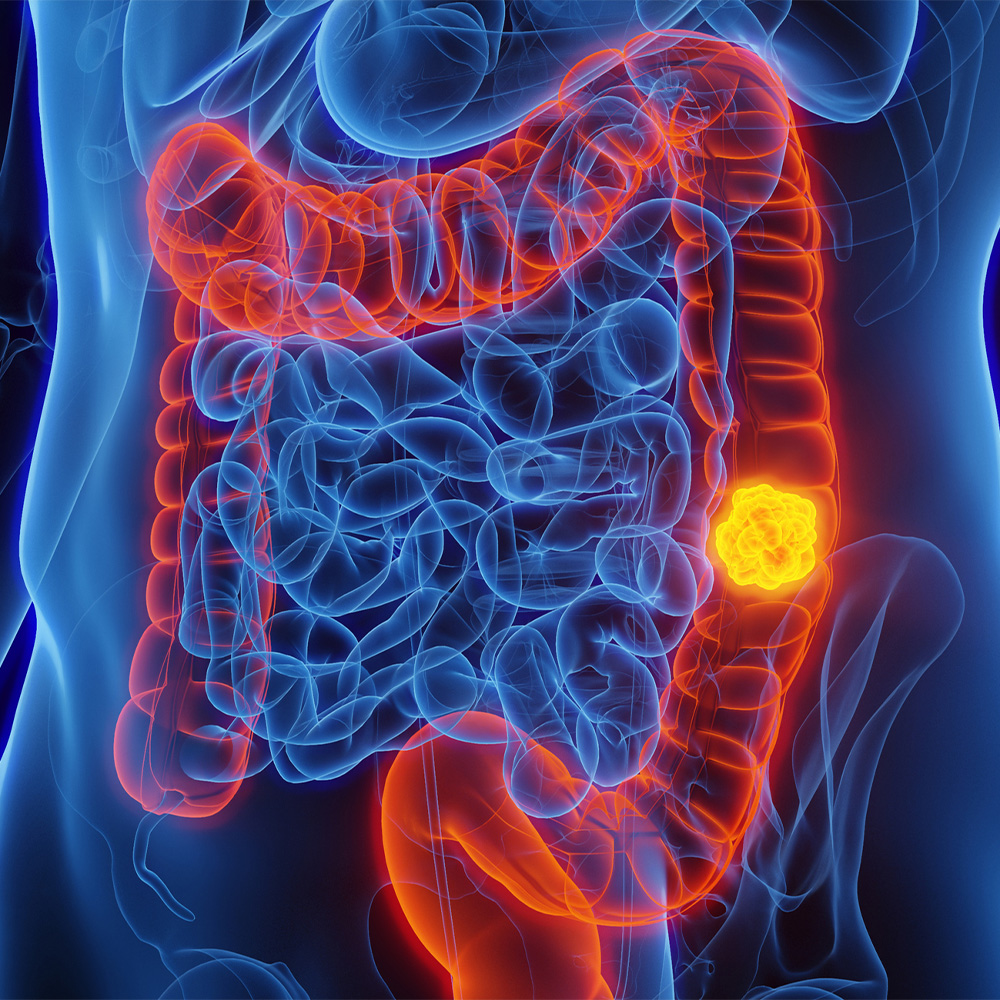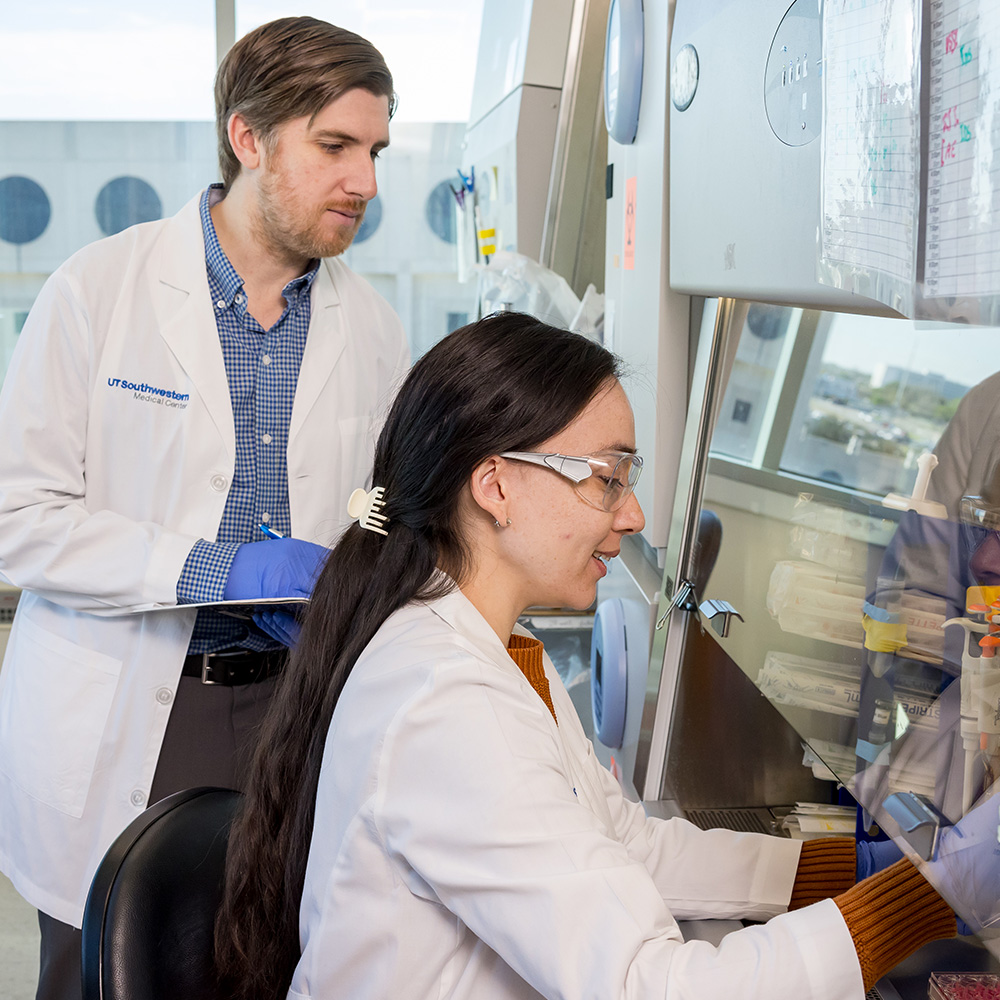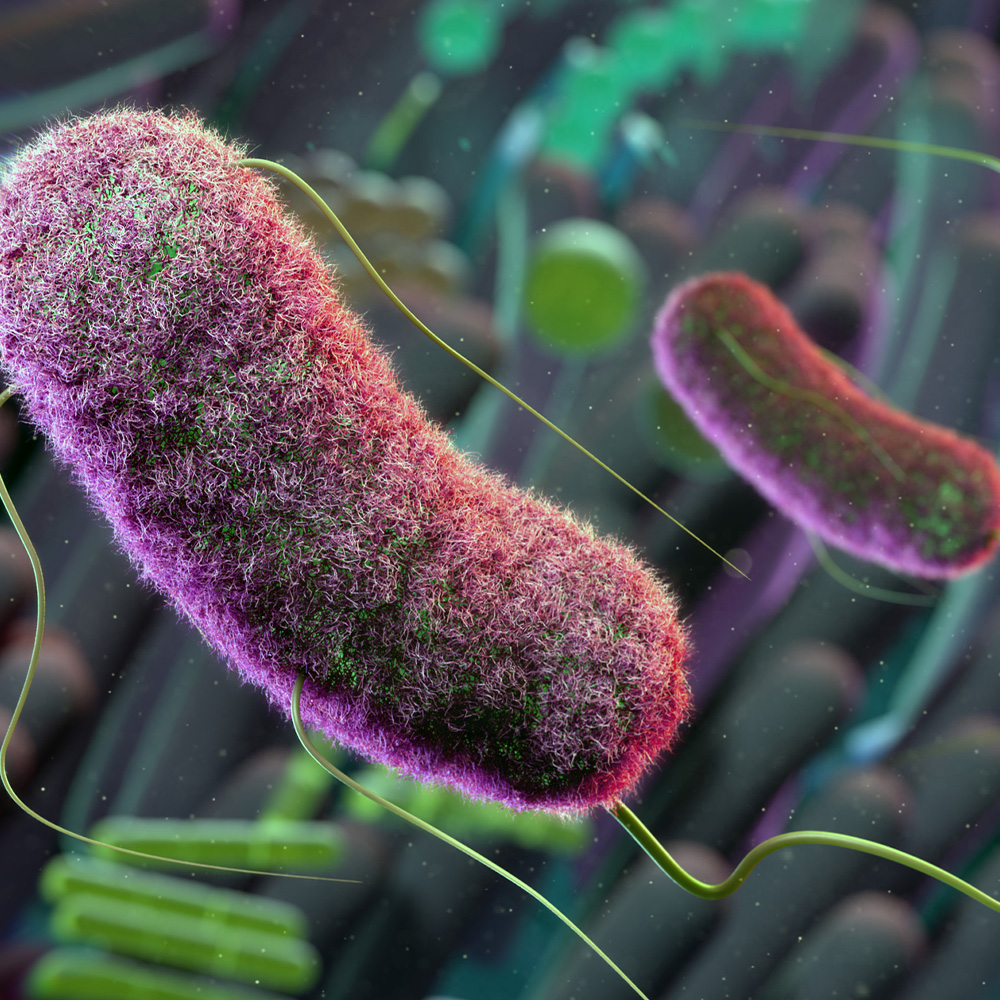What Is HPV?
- The human papillomavirus (HPV) is a group of more than 150 related viruses. Some HPV types cause warts or papillomas (non-cancerous tumors) and others cause cancers. (CDC)
- HPV is the most commonly sexually transmitted infection in the world, and is transmitted through intimate skin-to-skin contact. (CDC)
- HPV will infect 75-80 percent of people at some point in their lives. Nearly 80 million people are currently infected in the United States, and 14 million new infections occur every year. (CDC)
HPV and Cancer
- HPV is responsible for almost all cervical cancers, more than 90 percent of anal cancer, roughly two-thirds of oropharyngeal (throat) cancers and the majority of vulvar, vaginal, and penile cancers. (CDC)
- Each year in the United States, nearly 39,000 new HPV-related cancers are diagnosed. This includes roughly 15,800 men and 23,000 women. (CDC)
- Oropharyngeal (throat) cancers are more common in men and are expected to surpass cervical cancers in annual incidence by the year 2020. (Chaturvedi et al)
The HPV Vaccine
- Each HPV vaccine passed extensive safety testing before being approved by the FDA. The most common side effects are mild, including pain, redness, and swelling at the injection site. (CDC)
- Since its introduction in 2006, more than 80 million doses of the HPV vaccine have been distributed nationally and more than 200 million doses globally. (CDC, WHO).
- The CDC recommends all children complete the vaccine series between ages 9-13. Children younger than 15 should receive two doses of the vaccine six months apart. Although less effective, the vaccine is approved for men and women up to age 26. Those above age 15 should complete a three-dose series. (CDC)
- Nationally, 41.9 percent of girls and 28.1 percent of boys have completed the HPV vaccine series. Approximately 36 percent of girls and 50 percent of boys have received at least one dose. (CDC)




